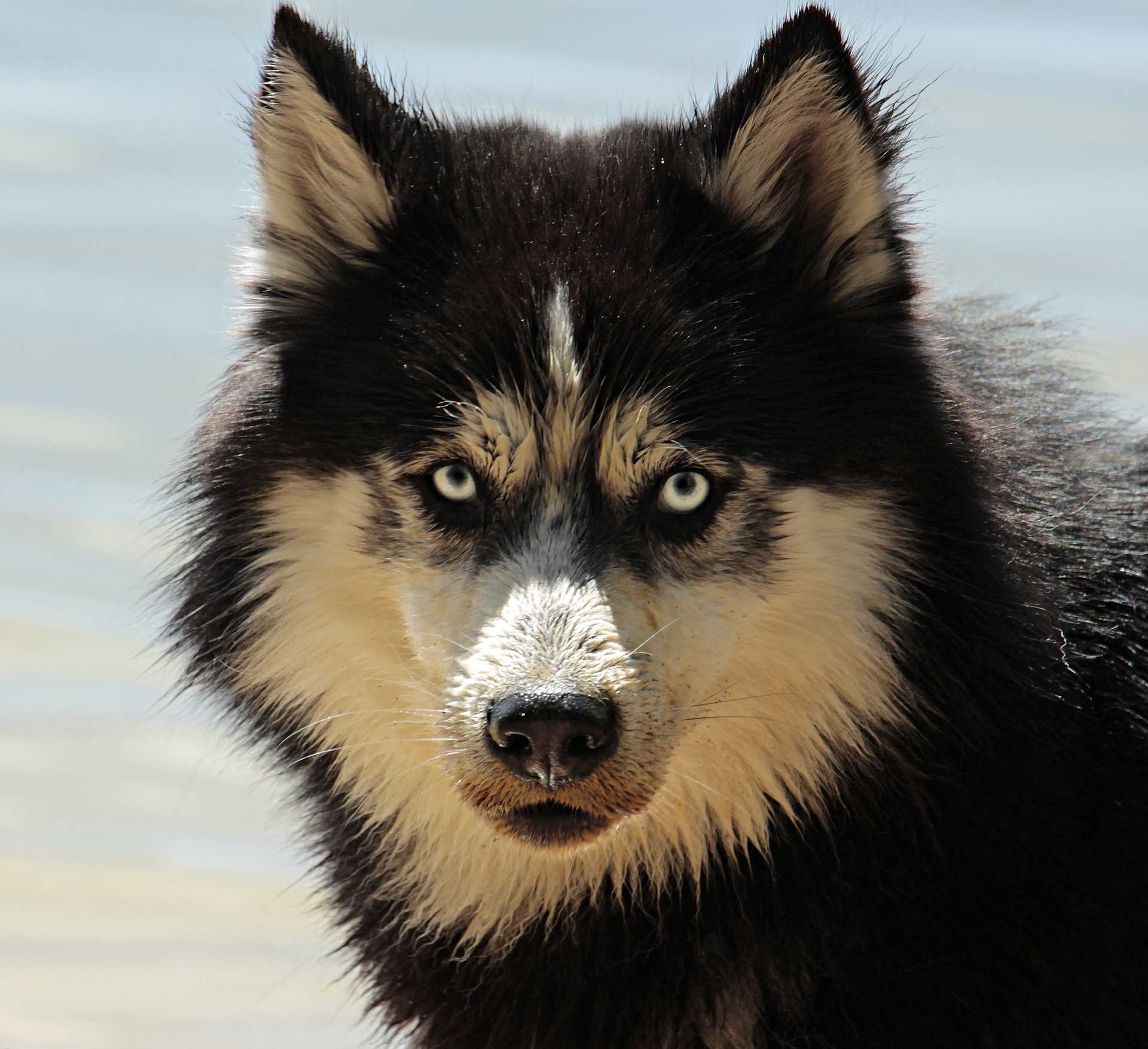There is a bronze statue of an ordinary-looking dog in Central Park in New York. It is dedicated to Balto, the leader of a dogsled who brought diphtheria anti-serum to a small town in Alaska during the epidemic in the winter of 1925. Today we will tell you the story of the Great Race of Mercy.
Nowadays, few people have heard of diphtheria; thanks to modern vaccinations, it has become a rarity. But at the beginning of the 20th century, it was a serious illness, often fatal. In January 1925, a diphtheria epidemic began in the gold-digging city of Nome, on the very edge of Alaska. Only one remedy was effective - a diphtheria anti-serum, which was not in Nome. The Nom’s population was threatened with death. The city doctor requested help from a radiotelegram.
The weather conditions were difficult: storm and snowfall. Neither ships nor airplanes could reach the city. The serum was brought by train from Anchorage to Nenana, where the railroad ended. There were 674 miles of snowdrift to Nome. They decided to deliver the serum to Nome by dog sledding. This is how the Great Race of Mercy began.
Dozens of volunteers responded to the doctor's call, and a relay route was developed for 20 drivers. One team, at the limit of its capabilities, covered part of the route and passed on the medicine to another sled.
In the middle of the way, the driver Leonhard Seppala, the fastest one in Alaska, champion, and winner of dog races, took over the baton. The leader of his dogsled was Siberian husky Togo. Crossing one of the bays, Leonhard found himself on a breakaway ice floe. He was able to jump to the shore, but how to save the sled? Togo helped - the clever dog jumped into the water and swam to the owner, and the driver holding harness was able to pull up the ice floe with the sled. This team passed through the snow the largest and the most difficult section of the route.
The second-last driver was the Norwegian Gunnar Kaasen, the leader of his dogsled was a young and still inexperienced dog Balto. During their race, temperatures reached –60 ° F. Due to the storm and snowfall, the driver missed the last team waiting for the replacement. Man and animals fought the elements with their last strength. Losing consciousness, Gunnar lay down on the sled. The whole thing was decided by the dogs, they turned out to be stronger and more persistent than humans. Balto took the team to Nom on February 2 at 05:30 am. Together, the drivers and dogs covered 674 miles in 127.5 hours under extreme temperature conditions.
Later, another rely had to be delivered on the same teams. The epidemic was stopped and the drivers and dogs became famous.
Now on the pedestal under the sculpture of the most ordinary-looking dog is written: "Dedicated to the indomitable spirit of the sled dogs that relayed antitoxin six hundred miles over rough ice, across treacherous waters, through Arctic blizzards from Nenana to the relief of stricken Nome in the Winter of 1925. Endurance. Fidelity. Intelligence."
